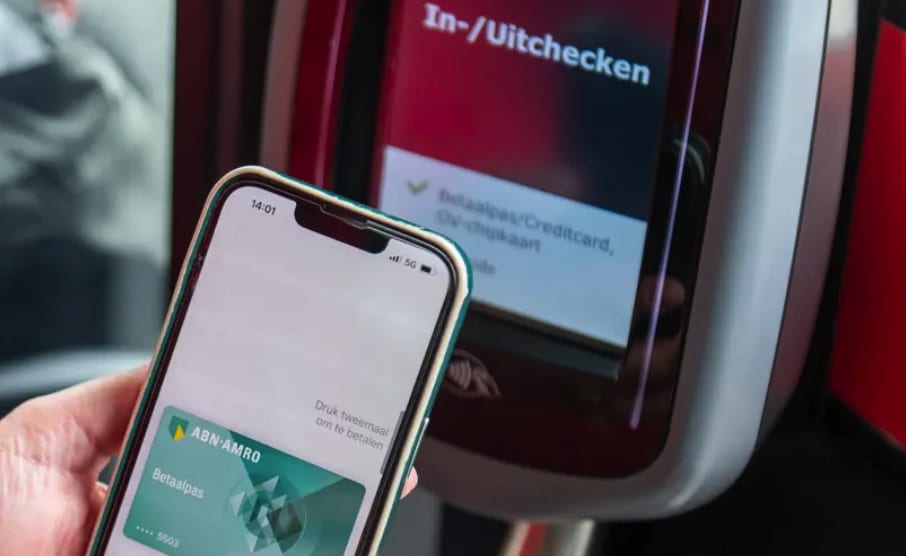
Article Highlights
California’s “Mobility Marketplace,” which aims to sell transit agencies in the state and beyond the core components they need build open-loop fare-collection systems, is now open for business. Agencies will find a mix of prices and levels of integrations among vendors.
• Table: Cal-ITP vendors-transit processors
• Table: Cal-ITP vendors–validator suppliers
• Table: Procurement rankings of Cal-ITP vendors
California’s “Mobility Marketplace,” which aims to sell transit agencies in the state and beyond the core components they need build open-loop fare-collection systems, is now open for business.

















